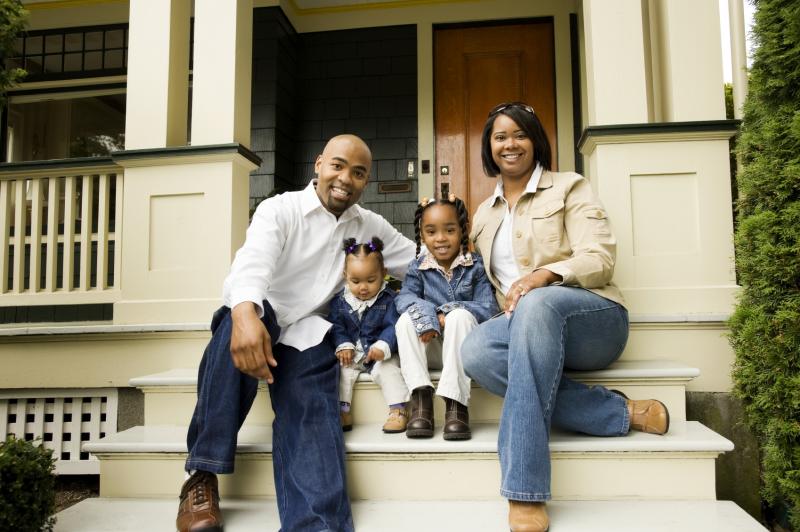
A Harvard University housing study reveals disturbing trends in black home ownership, among other disconcerting numbers.
The Joint Center for Housing Studies the Cambridge, Mass., school released its annual “The State of the Nation’s Housing in 2014″ that reveals that troubled housing areas remain in three areas: rising prices, higher interest rates and low inventories.
“Millions of homeowners, particularly in minority and high-poverty neighborhoods, are still underwater on their mortgages, while millions more renters have been forced to live in housing they cannot afford or is structurally inadequate. And with the ongoing growth in low-income households, housing assistance reaches a shrinking share of those in need,” the report reads.
A few more data points from the 2014 report reveal:
- Homeownership rates have fallen six percentage points among Black households — double that among White households;
- In 2011-12, Black applications for conventional mortgages were denied 40 percent of the time; among Hispanics, the denial rate was 25 percent – nearly two to three times that for whites; and
- More than 25 percent of mortgage homeowners in both high-poverty and minority neighborhoods were underwater – owing more than their homes are now worth – in 2013. This rate is nearly twice the shares in either white or low-poverty neighborhoods.
For Mike Calhoun, president of the Center for Responsible Lending, these homeownership disparities reflect a devastating generational loss of wealth. Participating in a panel discussion with the Joint Center and other housing policy experts, Calhoun noted that the loss of homeownership in Black communities really reflected a one in six reduction, as Black homeownership peaked at 49 percent before the housing crisis.
“With promising increases in home construction, sales, and prices, the housing market gained steam in early 2013,, states the report. “But when interest rates notched up at mid-year, momentum slowed. . . . This moderation is likely to persist until job growth manages to lift household incomes. Even amid a broader recovery, though, many hard-hit communities still struggle and millions of households continue to pay excessive shares of income for housing.”
The combined effects of student loan burdens and lower median incomes for younger and middle-aged adults are also cited as key factors in the nation’s housing recovery. Median incomes are at their lowest levels in records dating back to 1970, according to the report.
“Between 2001 and 2010, the share of households aged 25-34 with student loan debt soared from 26 percent to 39 percent, with the median amount rising from $10,000 to $15,000 in real terms. Within this group, the share with at least $50,000 in student debt more than tripled from five percent to 16 percent. For these borrowers, the need to pay off these outsized loans will likely delay any move to homeownership.”
For the ninth consecutive year, the rate of homeownership continues to decline. According to the Housing Vacancy Survey (HVS), it is the lowest level since 1995. Housing rentals, by contrast, show growth doubling the average pace in any decade since the 1960s. Between the 2005 peak in homeownership and 2013, more than 1 million new renters were added each year.


